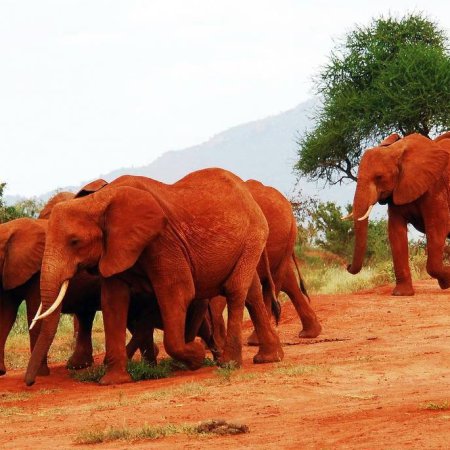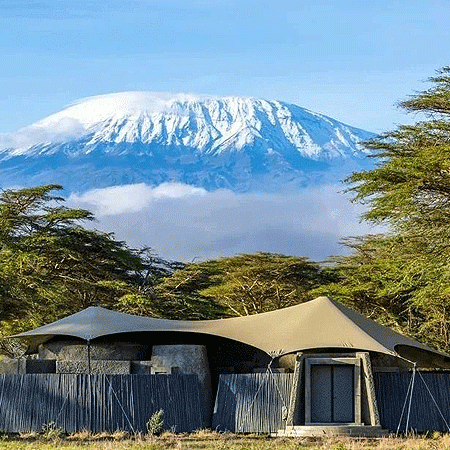Amboseli National Park’s Role in Elephant Conservation
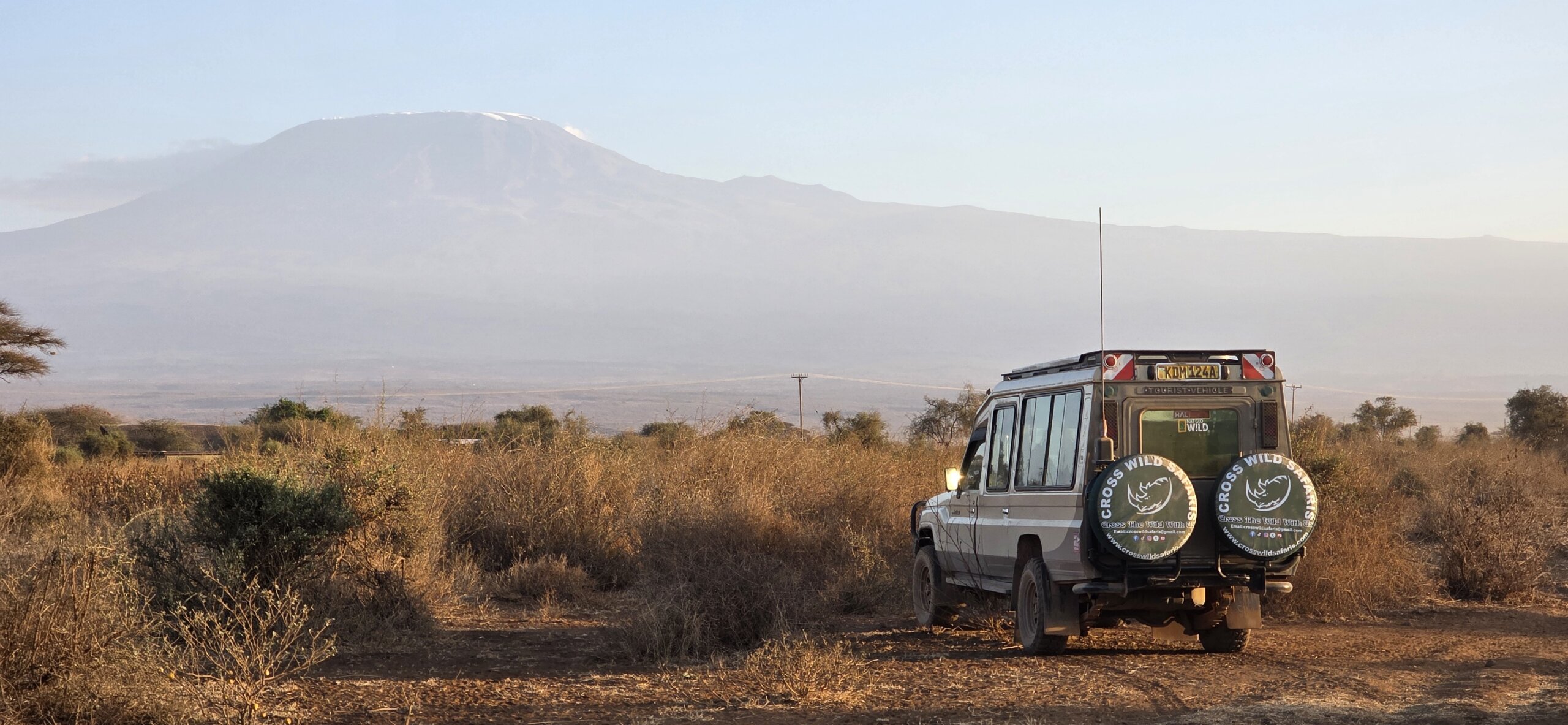
Amboseli National Park, at the foothills of Mount Kilimanjaro, is famous for its majestic elephant herds, dramatic landscapes, and clear views. But beyond the scenery, Amboseli plays a foundational role in the conservation of African elephants. From pioneering scientific research to safeguarding migration corridors, working with local communities, and fighting poaching, the park’s conservation model has influenced policy and practice across Africa.
In this post, we’ll explore how Amboseli contributes to elephant conservation: its history, major programs, achievements, challenges, and what lies ahead.
1. A Legacy of Long‑Term Research
Amboseli Elephant Research Project (AERP)
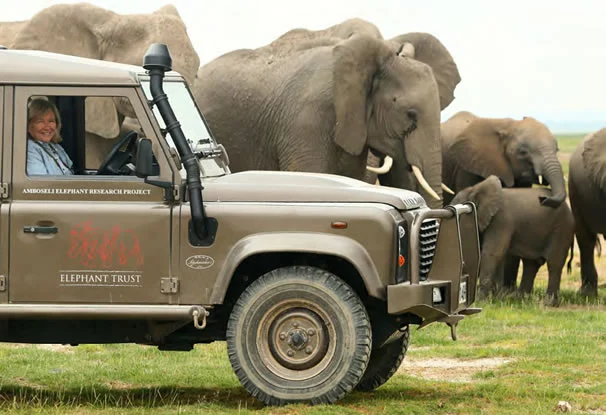
-
Founded in 1972 by Dr. Cynthia Moss and colleagues, AERP (now under the Amboseli Trust for Elephants, ATE) is one of the longest continuous studies of wild elephants in the world.
-
The project has followed thousands of individual elephants over multiple generations: tracking births, deaths, social structures, male dispersal, matriarchal leadership, emotional lives, and learning behaviors.
-
Such data is rare; it allows conservationists to understand natural elephant life history in the absence of extreme poaching, making Amboseli a benchmark for healthy populations.
Scientific & Policy Influence
-
The research has informed global conservation policies, wildlife protection laws, and how we think about elephants’ cognition, social complexity, and needs for large connected landscapes. Data from Amboseli is used to guide or influence anti‑poaching strategies, habitat protection, and human‑elephant conflict management
2. Corridors & Habitat Connectivity
Migration Corridors
-
Elephants in Amboseli don’t stay inside the park; they move across group ranches, conservancies, and even into Tanzania’s protected areas, depending on season and resource availability.
-
Some of the vital corridors include:
-
Kimana Corridor, connecting Amboseli to Tsavo and Chyulu Hills.
-
Kitenden Corridor, which links Amboseli with Kilimanjaro Forest (Tanzania) and the Enduimet area.
-
Other corridors such as Eselenkei, Osupuko, and group ranch corridors.
-
Land Use & Threats to Corridors
-
These corridors are under pressure from land subdivision, expansion of agriculture, fencing, settlement, and infrastructure development. Loss or degradation of corridors threatens elephants’ ability to move to forage, escape drought, maintain genetic diversity, and avoid conflict.
3. Community‑Based Coexistence & Anti‑Poaching
Community Partnerships
-
The Maasai communities living around Amboseli have been key partners in conservation. Their knowledge of the land, livestock movement, and patterns of wildlife have been crucial.
-
Conservation models have included land‑leasing (where landowners permit wildlife passage), eco‑tourism revenue share, community ranger schemes, and education outreach.
Anti‑Poaching / Protection Efforts
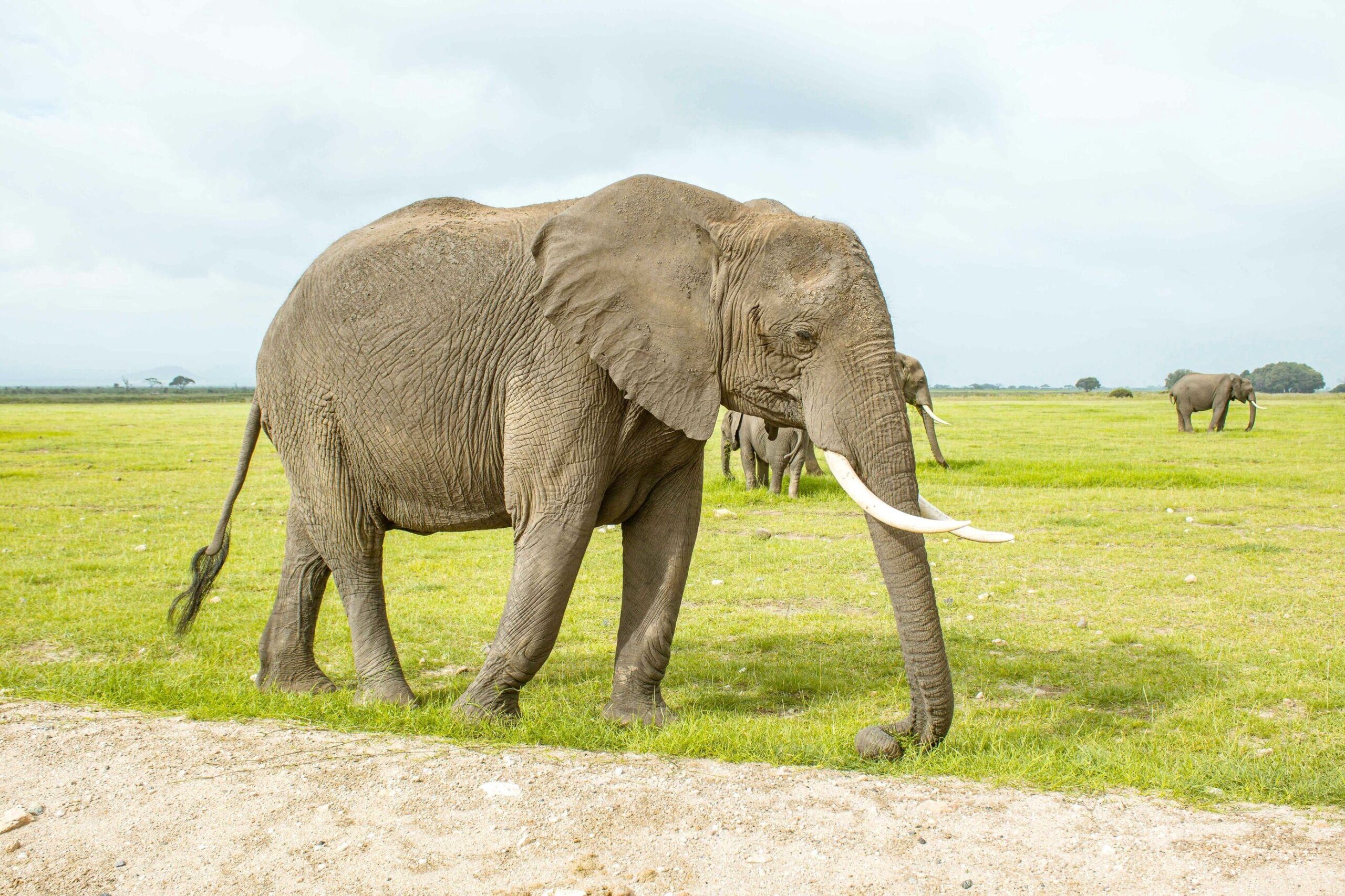
-
Organizations such as Big Life Foundation, the Kenya Wildlife Service (KWS), and ATE patrol critical areas, monitor elephant populations, and enforce protection.
-
Continuous research helps identify poaching threats early, track changes in population numbers, and direct resources where needed.
4. Conservation Achievements & Successes
-
Amboseli has maintained one of the healthiest elephant populations in East Africa in terms of age structure (presence of older elephants) because it avoided the worst of poaching that hit many other populations.
-
It has also become a safe haven for super‑tuskers (elephants with exceptionally large tusks), which are very rare. Their survival in Amboseli is symbolic for elephant conservation.
-
Community‑run conservancies and corridor protection efforts have shown that wildlife and people can coexist and benefit from conservation.
-
Tourism revenue, when responsibly managed, supports ranger wages, habitat protection, and local development (schools, employment) thereby creating incentives for conservation.
5. Challenges & What Remains to Be Done
-
Habitat Fragmentation: As noted, loss of connectivity and increasing land conversion is one of the biggest threats. Corridors must be formally protected.
-
Human‑Elephant Conflict (HEC): When elephants enter farmland or settlements, crop raiding and danger to people cause tensions. Mitigation measures are still ongoing and need scaling.
-
Climate Change & Drought: Amboseli’s ecological balance depends on seasonal water sources, many linked to Kilimanjaro’s melting snow and underground rivers. Reduced rainfall, changing seasons, and dry spells pose serious risks.
-
Financing & Policy Support: Conservation requires sustained funding, legal recognition of corridors, land use planning that favors wildlife, supportive policies that balance local livelihoods with biodiversity needs.
6. Why Amboseli Matters Beyond Its Borders
-
Amboseli serves as a living laboratory for elephant conservation. The data from AERP/ATE informs work in other parts of Africa.
-
The model of combining scientific research, community engagement, eco‑tourism, and land use planning is replicable elsewhere. It shows that long‑term sustainability is possible.
-
Protecting elephants in Amboseli is also protecting overall ecosystem health — elephants are keystone species, shaping vegetation, dispersing seeds, maintaining healthy open landscapes, which benefit many other species.
Conclusion
Amboseli National Park is more than just a wildlife destination—it is central to global elephant conservation. Its history of deep scientific research, strong collaboration with local communities, proactive anti‑poaching work, and protection of migration corridors make it a model for how conservation can succeed. While challenges such as habitat loss, climate pressures, and human‑elephant conflict remain, the work underway shows that with science, compassion, and good policy, a future with thriving elephant populations is possible.

